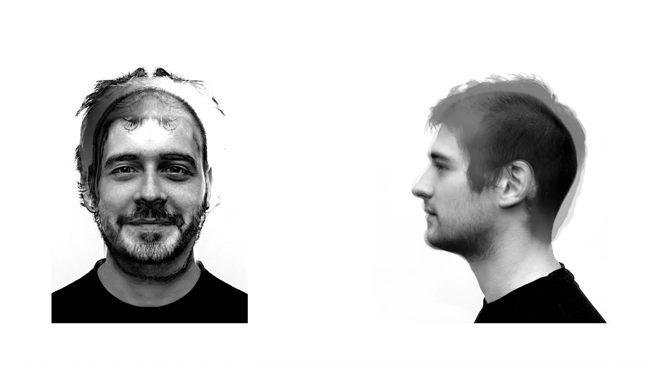Design
Interview: Roman Vlahovic
Roman Vlahovic has built of reputation as being one of Zagreb’s most in innovative design studios. In anticipation of Wanted Design in May, we spoke to the duo about the notion of design and their specific design process, as well as the concept behind the Lacescape table.
Thank you for speaking with us. So, who are Roman Vlahovic and what are your design values?
My name is Roman Vlahovic. I am a practicing architect, researcher, designer, scientist, artist and also nothing from the stated… I live and work in Zagreb and Singapore. I am an avatar, a project, a brand, a materialized discussion between Luka Vlahovic, Miro Roman and many others, who I get in contact with. I am interested in rethinking design ”from a city to a ring’’, from an abstract informational object to its physical manifestation.
Your studio is juxtaposes ideas form various fields of human knowledge, especially architecture, culture and information science. Can you elaborate more on this and your design process as “an open field of possibilities”?
Rather than offering yet another thesis in support of linear design development, I would like to emphasize design’s polysemantic nature by understanding its processes in terms of an open field of possibilities. Design processes not only explore physical limitations of space, but also react to contemporary social and cultural phenomena.
By rethinking the notion of “good design”, I came to the conclusion that design is just a tangible fragment of reality, which narrates one of the many stories that surround us. Design never appears in silence. What we call “good design”, nowadays, is imbued with a series of narratives constructed by different discourses: formal, ideological, psychological, theoretical… It is only one part of the design process that is constituted by object’s material and formal aspects, while most of it is built upon stories that describe the object, and upon the individuals who transfer the stories or identify with them. Therefore, besides designing an object, for [us] it is also necessary to design a narrative that defines the object’s ambition in terms of how it will become meaningful.
The Lacescape table being presented at WantedDesign blends traditional concepts and designs, with modern production. Can you tell us more about the project?
The project Lacescape table interweaves the threads of technology and tradition. It was devised by Croatian women lace-makers, and produced by robots. It is completely digitally designed and fabricated. Lacescape table is an idea and a concept, which incorporates an entire population of tables. My digital database contains centuries of experience of intangible cultural heritage – a somewhat unexpected input for digital manipulation. It is exactly because of the abundance of multiple expressions of lacemaking, that I do not limit myself on creating one table that will display the single most beautiful Croatian lace. Rather, I direct my focus on a series of objects that will celebrate the richness and diversity of Croatian lacemaking: the beautiful and the mesmerizing patterns, the imperfect and the flawless ones. The steel origami is its formal frame, yet not its fixed form – it is always similar, yet different.
The lace is its volume, surface, decoration, structure – the lace is its embodiment. It is a play of tradition and technology, a game of design possibilities. It is a design made of stories that describe it, of those who talk about stories and of those who identify with the design. Lace and surface, tradition and contemporaneity, digitality and steel. Playing with the extremes. The decoration is not functional, the form is not fixed.
I no longer manipulate the “object” itself, but I direct the rules, systems and narratives that will generate, produce and promote that object. The laser cut surface and the digitally bent plate create the Lacescape table which examines how the intangible cultural heritage leaves its mark on the future of the digital design.
What has been the reaction to this product from lacemakers, the public, the media?
Some love it and some hate it. For some it’s too formal, too decorative; others are fascinated with technology, but what I find interesting with the project is taking the postmodern techniques to infinity. Instead of mathematical formulas, input for the table is lace data. It’s a kind of parametrics 2.0, a Data Driven Design. How to play with data in design in my opinion is the question today.
Is the Lacescape table commercially available?
My rings are available, internationally. [As yet] the Lacescape Table is available only by demand, since it’s unique, serial and custom-made. All information and contact details can be found my website www.romanvlahovic.com.
Interview by Linda Mateljan








